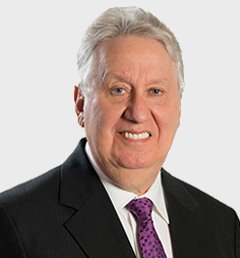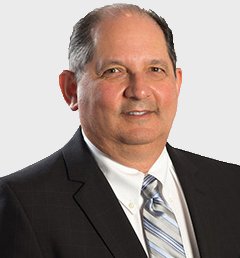Estate Lawyers, aka Will and Probate lawyers are often asked to help with an estate. It is also not common for a Will to be confusing.
The case of Salmon v. Rombogh is an example of a clash of a new law versus old formalities. A legislative attempt was made to fill a perceived hole in the law. It has proven to be a bonanza to lawyers. Previously if a document was not a proper Will and did not meet the formal requirements of The Succession Law Reform Act, the results were black and white. The “Will” was rejected. Now it has become an expensive litigious effort. In this particular case, we have a meticulous single man almost a decade after the death of his longtime common law wife. He has no children and is suffering from the effects of a lifetime of congenital heart disease. He is dependent upon his supportive neighbours who have looked after him. It is Covid and the testator (the Will Maker) lived in a self-imposed social bubble. He had prepared a proper Will in 2012 after his longtime common law wife had died. But over the next few years his family connections weakened, and he became ever more reliant on his neighbours whom he was very close with. He patched together a new Will using parts of his photocopied old Will with some handwritten additions, the “Frankenstein Will”. This he taped, assembled and signed in a notebook. Two weeks later he was dead, and the contest was on. Relatives whose interest in him had become diminished, tried to discount the “Frankenstein Will”. They attacked capacity with little evidence, see our other blogs on that subject, ONUS OF PROOF – HOW HAS TO PROVE WHAT but the real contest was the ability of the courts to use section 21.1 (1) of The Succession Law Reform Act. Was the Frankenstein Will one that the testator knew and approved of its content and did it represent his deliberate or fixed and final expression of his intention as to the disposal of his property on death. The idea is whether the Frankenstein Will expresses/embodies the animus testandi of the deceased, a deliberate or fixed and final expression of his intention as to the disposal of his property on death. Much effort was made by all involved from lawyers to Justice Jeanine E. LeRoy by looking at the minutiae of the testator’s life. It required at least 12 affidavits (lengthy formal sworn statements) and extensive medical records. Detailed factums (legal written arguments) and an exhaustive effort by Justice Jeanine E. LeRoy to survey the law on the many issues raised. The case is an excellent review of many areas of estate litigation, including the admissibility of a medical report of the treating physician, not as an expert report which requires notice and much formality under The Evidence Act, but rather as a participant expert. Failure to give notice struck the family doctor’s report, but the point was long ago decided. There is no evidence of the lack of testamentary capacity. The case is also an excellent summary of the law across Canada on section 21.1 (1) as of February of 2024. Justice Fred Myers, the notorious pied piper of plain-speaking judgments, see our other blogs IS A DRAFT WILL GOOD ENOUGH or FIXING A WILL AFTER DEATH-THE HORSESHOE RULE figures prominently of course in this review.
Estate Litigation lawyers, or Wills and Estate lawyers have been handed a bonanza by this well intentional law.
My long-winded conclusion is that under the old law all Mr. Rombogh had to do was call his lawyer who could have emailed or dictated for him the simplistic and minimal wording for a valid handwritten Will i.e. a Holographic Will. The central fight would have been avoided. Boil it down even further, all he had to do is call his lawyer who if even half competent would have guided him. The message is simple, do a Will, use a lawyer who is not charging the cheapest price you can find (a terrible way to decide on whom to hire). It will get done, and if done improperly there is legal negligence insurance to back it up.














